Direct Digital Alert: Class Action Lawsuit and the Role of AI and Machine Learning in Modern Advertising
The recent news of a class action lawsuit filed against Direct Digital Holdings, Inc. (NASDAQ: DRCT) has sparked conversations about the role of Artificial Intelligence (AI) and Machine Learning (ML) in the rapidly evolving landscape of online advertising. As a professional in the AI and cloud solutions sector through my consulting firm, DBGM Consulting, Inc., I find this case particularly compelling due to its implications for AI-driven strategies in advertising. The lawsuit, filed by Bragar Eagel & Squire, P.C., alleges misleading statements and failure to disclose material facts about the company’s transition towards a cookie-less advertising environment and the viability of its AI and ML investments.
Click here to participate in the action.
This development raises significant questions about the integrity and effectiveness of AI-driven advertising solutions. The lawsuit claims that Direct Digital made false claims about its ability to transition from third-party cookies to first-party data sources using AI and ML technologies. This is a pertinent issue for many businesses as they navigate the changes in digital marketing frameworks, particularly with Google’s phase-out of third-party cookies.
The Challenge of Transitioning with AI and ML
As an AI consultant who has worked on numerous projects involving machine learning models and process automation, I can attest to the transformative potential of AI in advertising. However, this transition is not without its challenges. AI must be trained on vast datasets to develop effective models, a process that demands significant time and resources. The lawsuit against Direct Digital suggests that the company’s efforts in this area might not have been as robust or advanced as publicly claimed.
< >
>
AI and Machine Learning: The Promising but Cautious Path Forward
AI and machine learning offer promising alternatives to traditional tracking methods. For instance, AI can analyze user behavior patterns to develop personalized advertising strategies without relying on invasive tracking techniques. However, the successful implementation of such technologies requires transparency and robust data management practices. The allegations against Direct Digital point to a potential gap between their projected capabilities and the actual performance of their AI solutions.
<
>
Reflecting on previous discussions from my blog, particularly articles focused on machine learning paradigms, it’s clear that integrating AI into practical applications is a complex and nuanced process. The importance of foundational concepts such as prime factorization in AI and cryptography highlights how deep the theoretical understanding must be to achieve successful outcomes. Similarly, modular arithmetic applications in cryptography emphasize the necessity of rigorous testing and validation – which seems to be an area of concern in the Direct Digital case.
Implications for Investors and the Industry
The lawsuit serves as a critical reminder for investors and stakeholders in AI-driven businesses to demand transparency and realistic expectations. It underscores the need for companies to invest not just in developing AI technologies but also in thoroughly verifying and validating their performance. For those interested in the lawsuit, more information is available through Brandon Walker or Marion Passmore at Bragar Eagel & Squire, P.C.
< >
>
The Future of AI in Advertising
Looking ahead, companies must balance innovation with accountability. As someone who has worked extensively in AI and ML, I understand both the potential and the pitfalls of these technologies. AI can revolutionize advertising, offering personalized and efficient solutions that respect user privacy. However, this will only be achievable through meticulous research, ethical practices, and transparent communication with stakeholders.
In conclusion, the Direct Digital lawsuit is a call to action for the entire AI community. It highlights the importance of credibility and the need for a rigorous approach to developing AI solutions. As an advocate for responsible AI usage, I believe this case will lead to more scrutiny and better practices in the industry, ultimately benefiting consumers, businesses, and investors alike.
<
>
Focus Keyphrase: AI in advertising
 >
>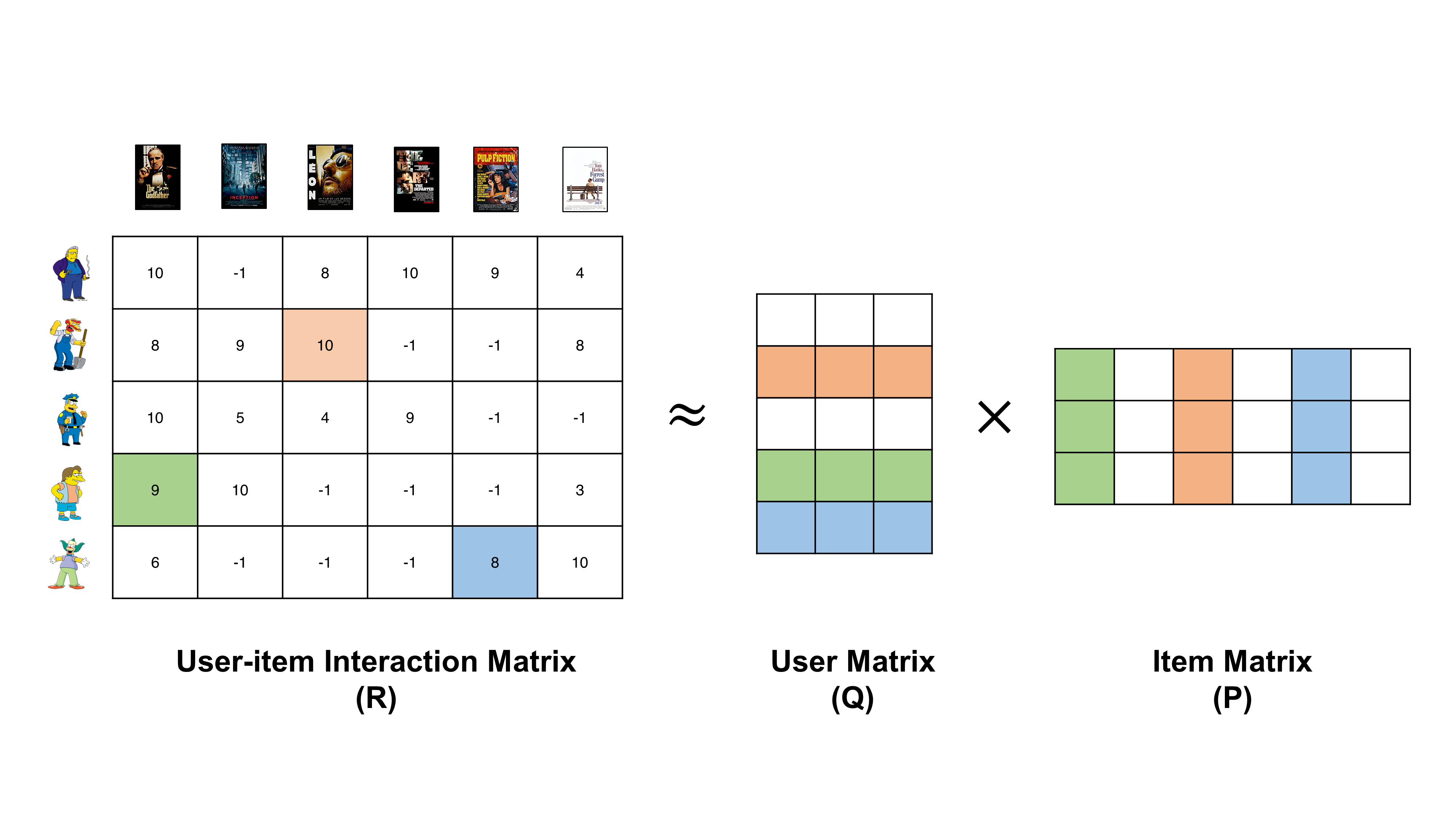 >
>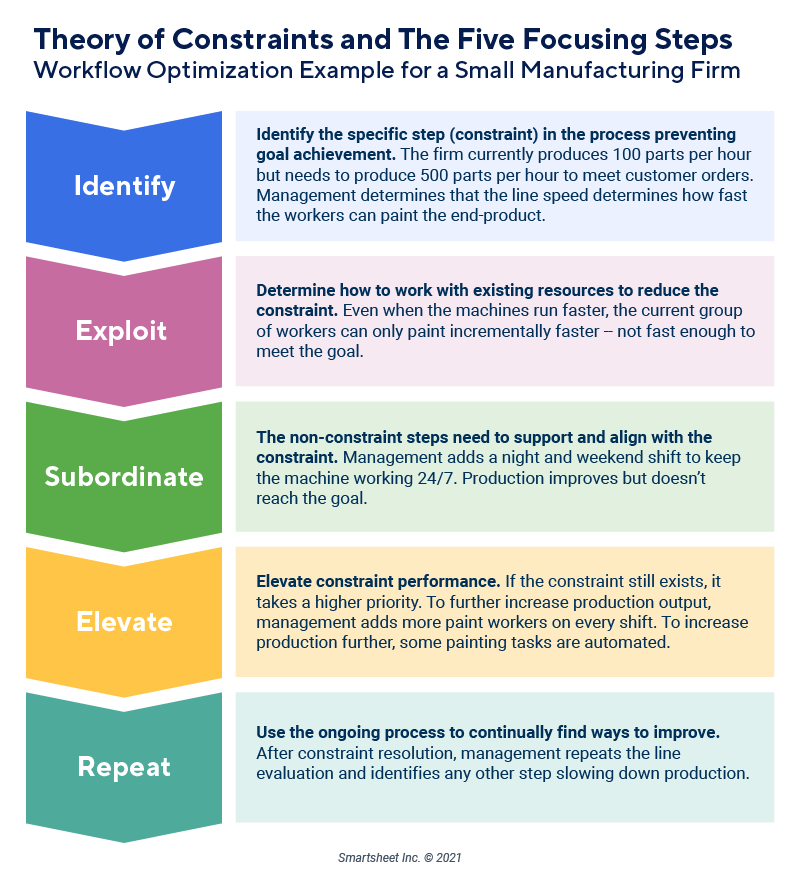 >
>


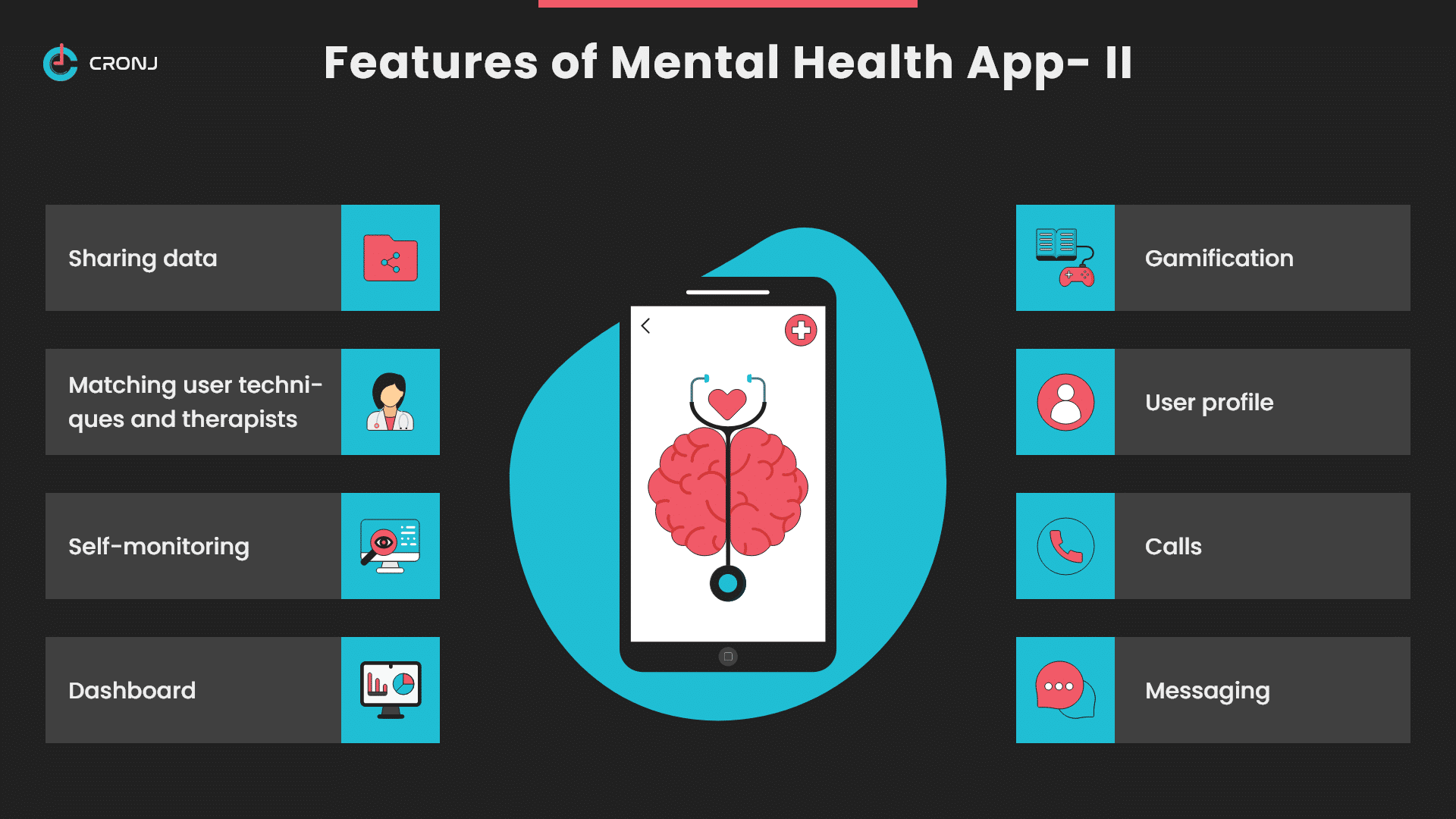
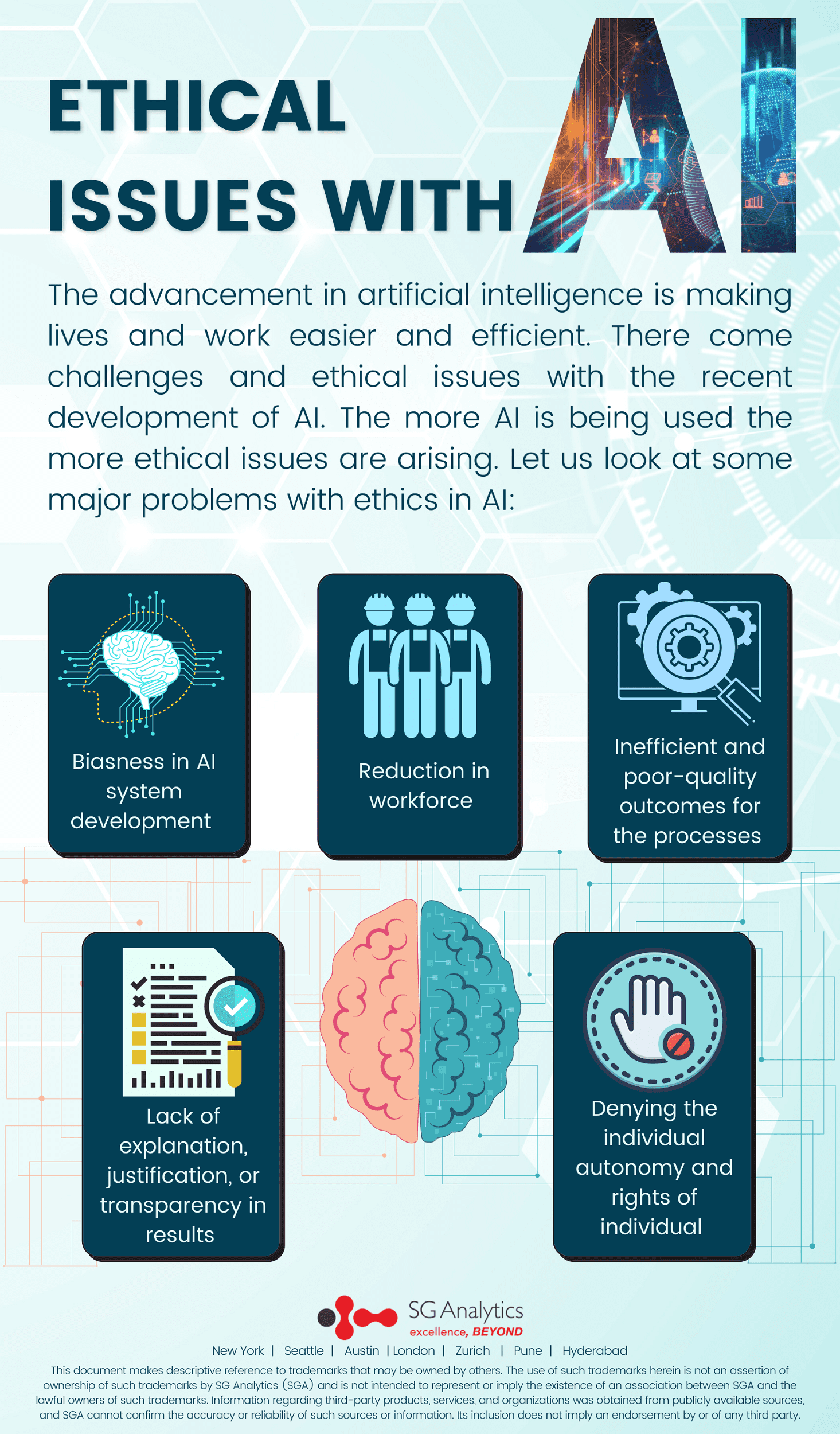
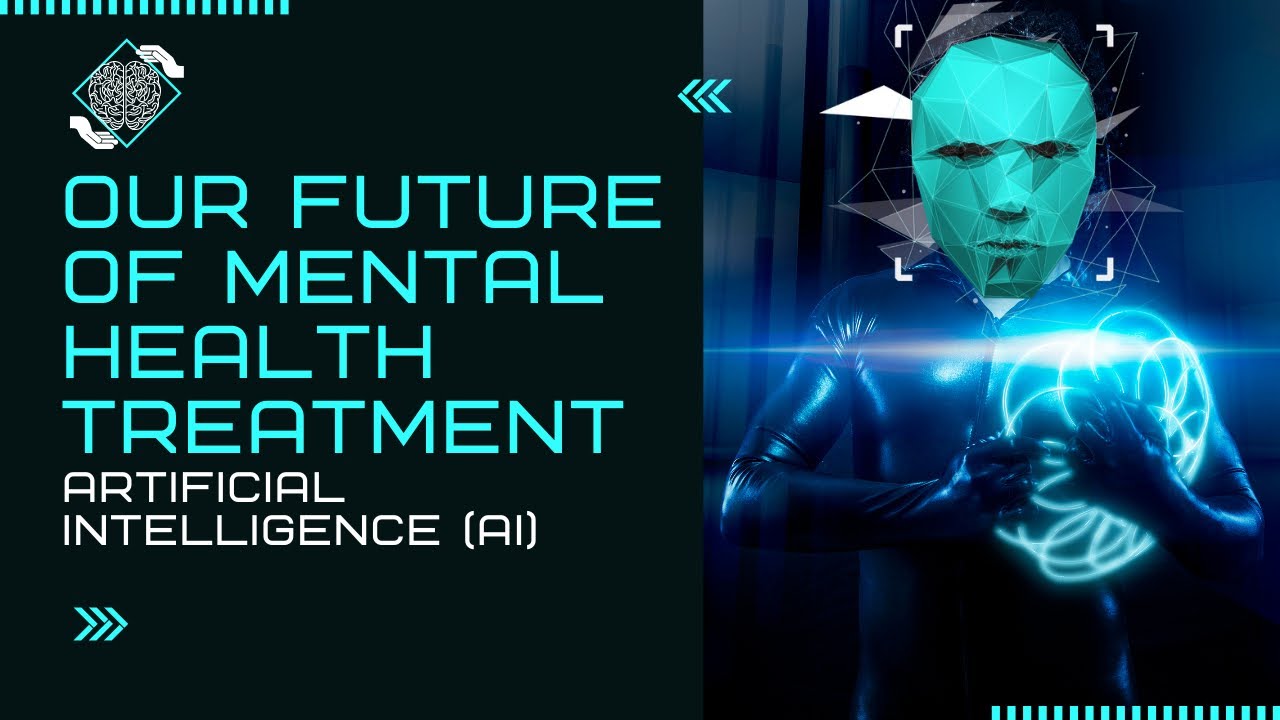
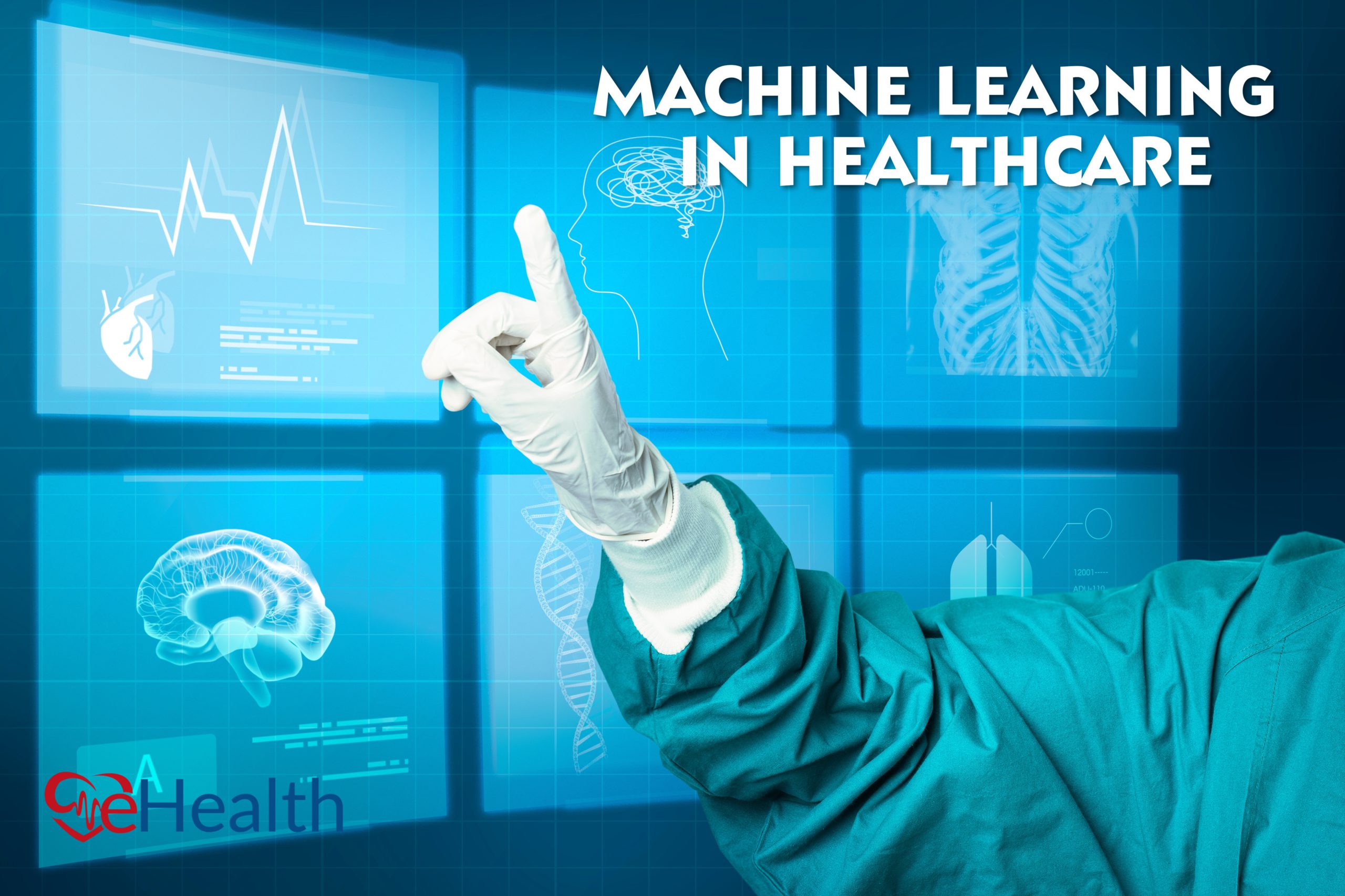
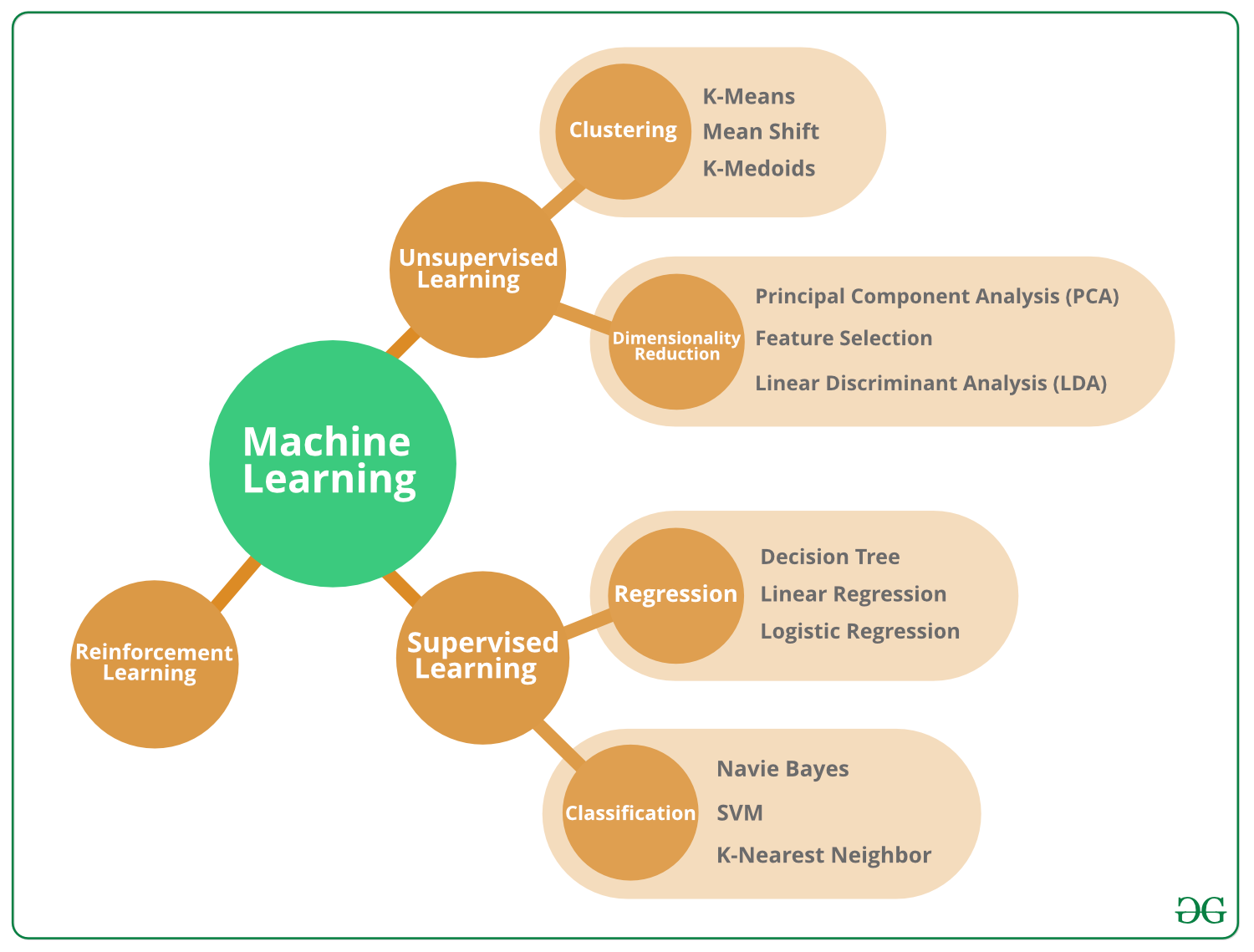 >
> >
>
 >
> >
> >
>
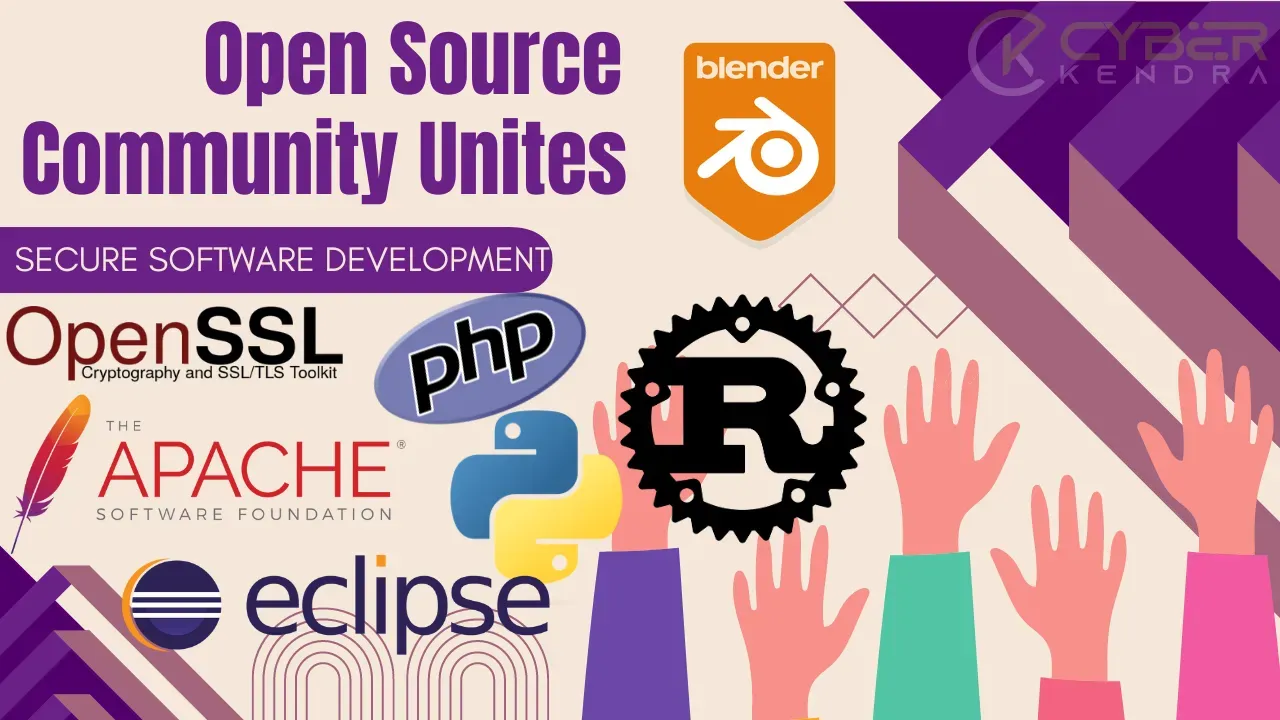
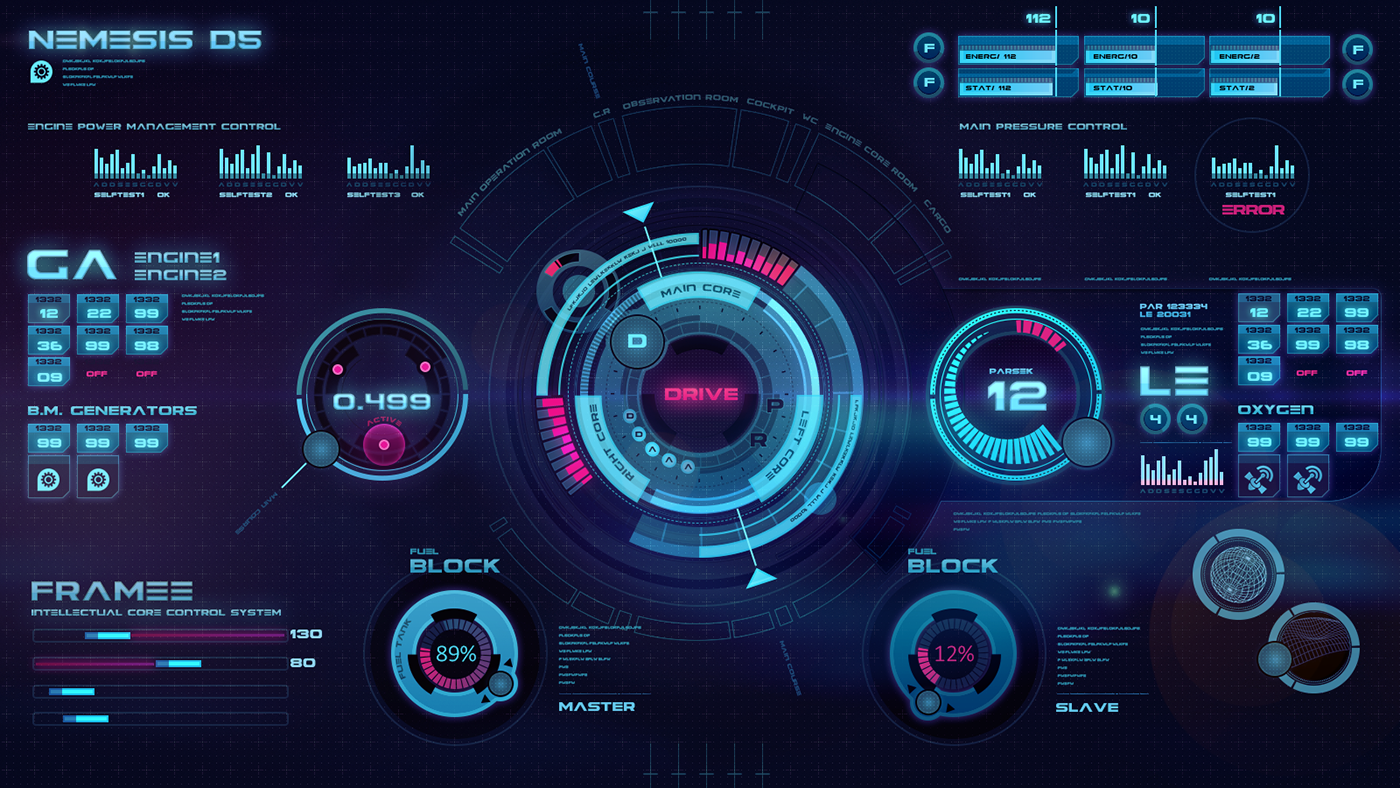 >
> >
>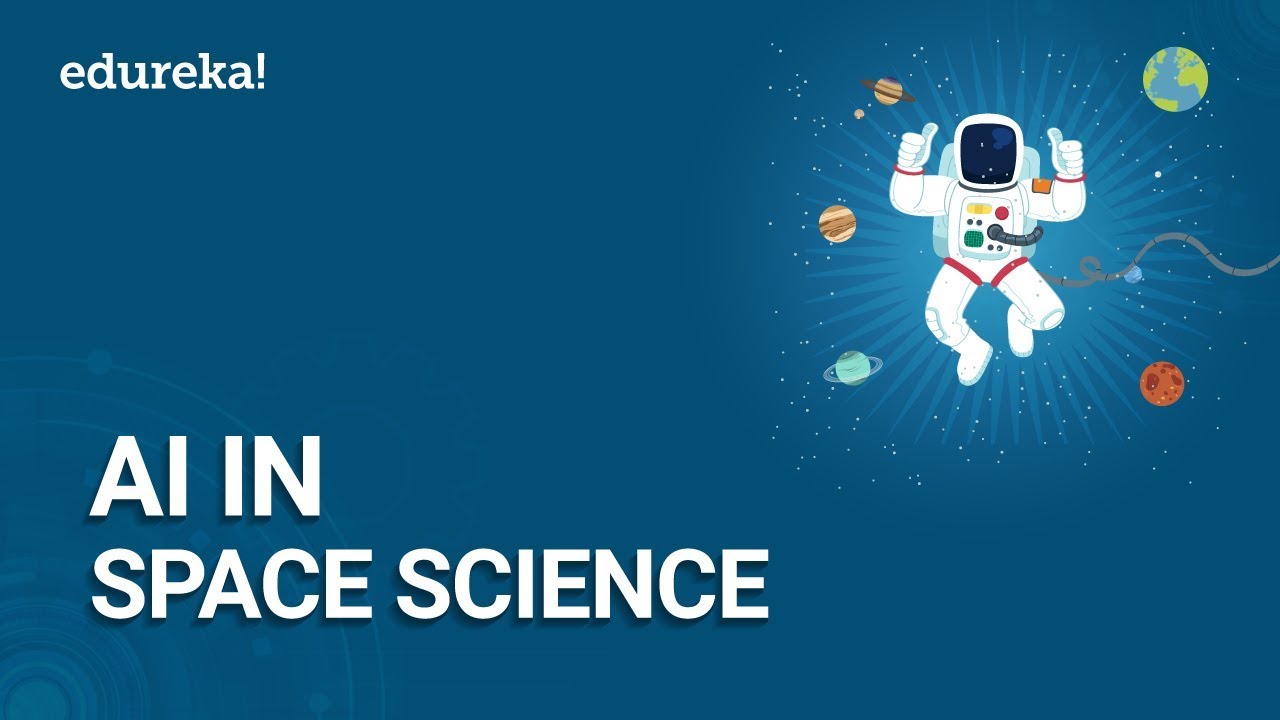 >
>